Some cars steal the spotlight with flashy designs, monstrous engines, or sky-high price tags. But lurking in the shadows are vehicles that, despite their brilliance, never got the love they deserved. Whether overshadowed by bigger names or misunderstood in their time, these 21 cars are the unsung heroes of the automotive world:
Saab 900 Turbo (1978–1993)
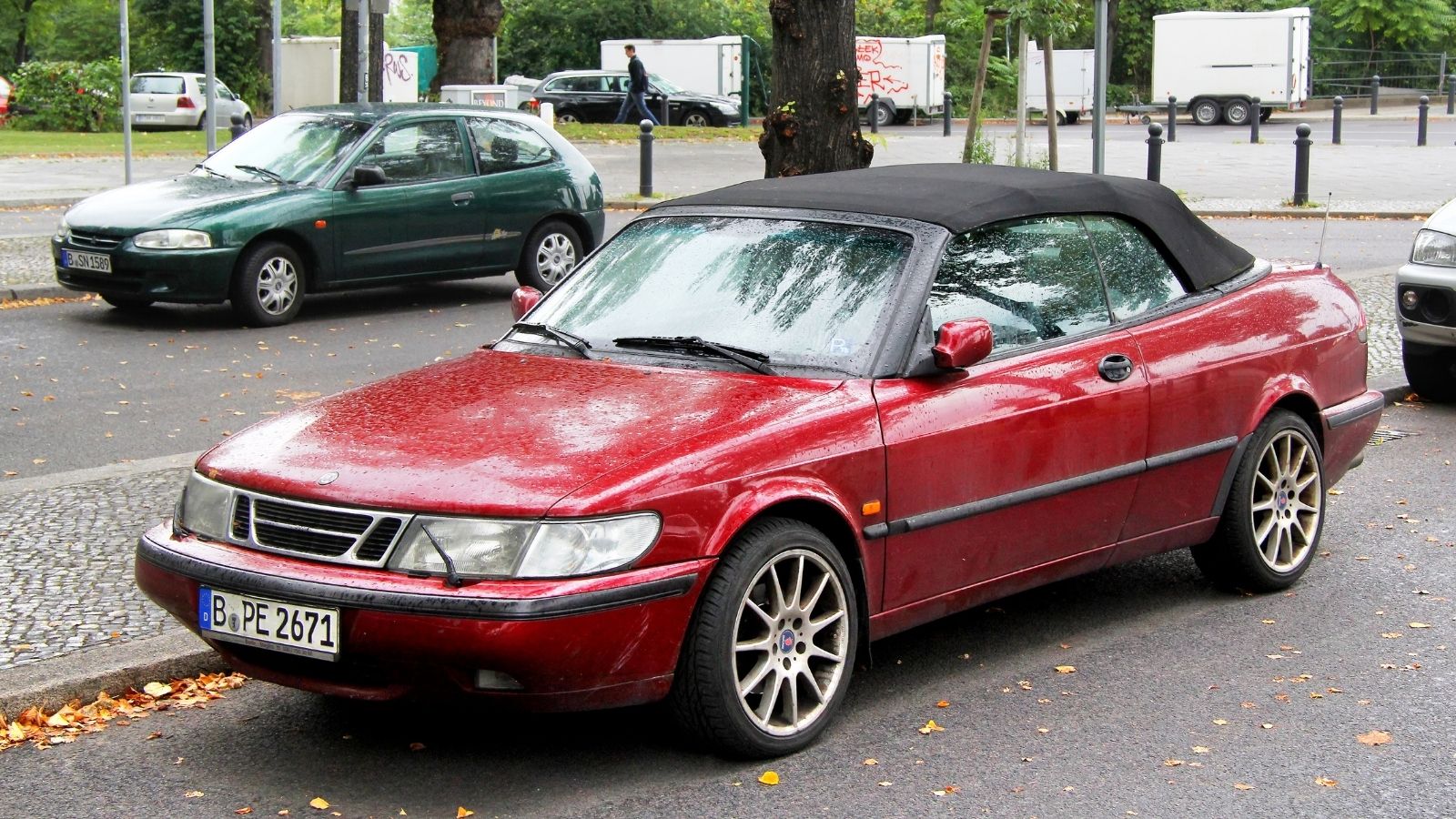
The Saab 900 Turbo was a quirky, turbocharged Swedish masterpiece that blended performance with innovation. It was designed by Björn Envall and featured a 2.0-liter turbocharged inline-four producing up to 185 horsepower. Its interior has a wraparound cockpit-style dashboard, ergonomically placed controls, and those classic headlight wipers. The car hit 0-60 mph in around 8 seconds, making it quick for its time.
Mazda MX-6 GT (1988–1992)
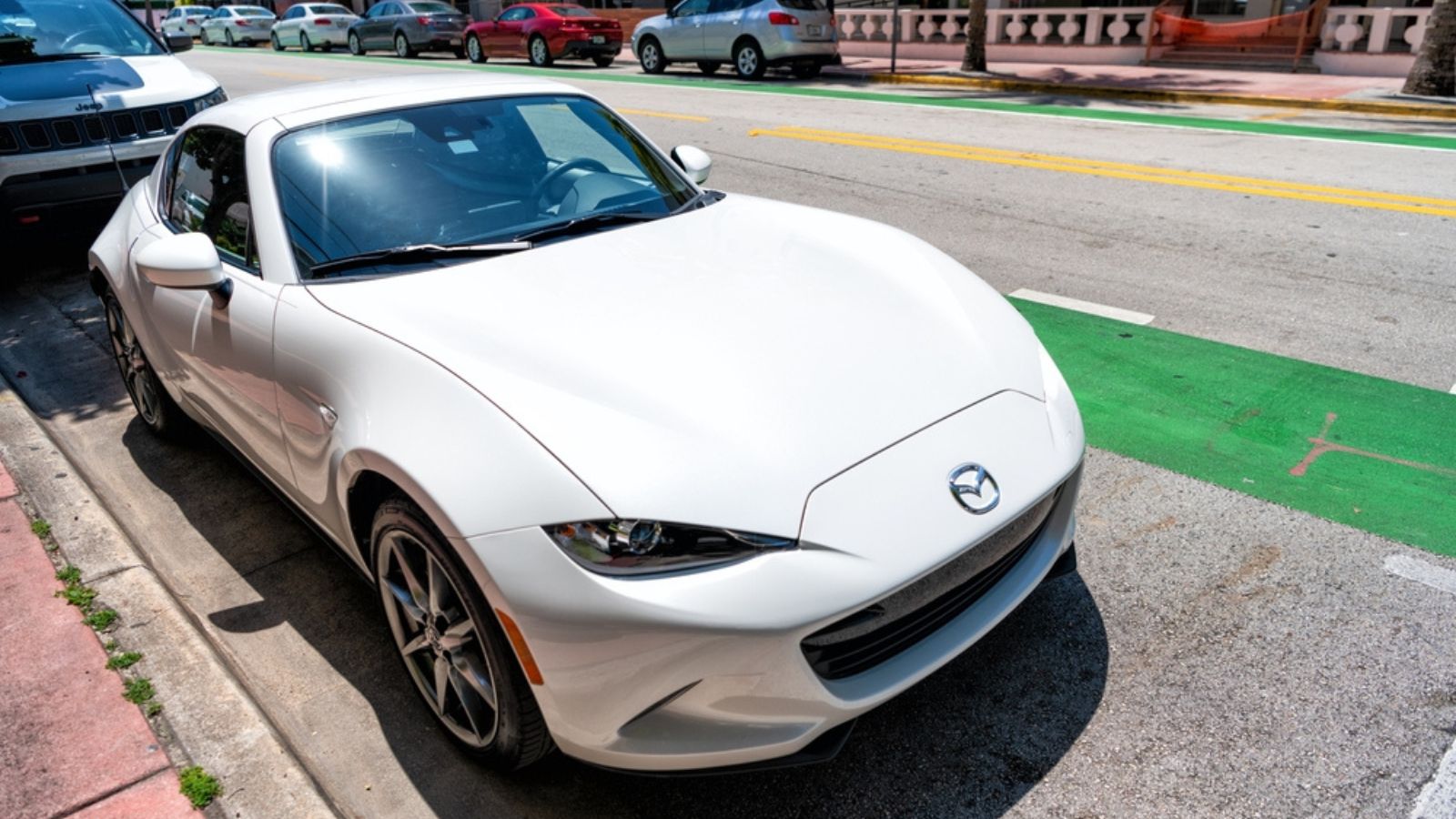
The Mazda MX-6 GT was a sleeper coupe with surprising performance. It was designed during Mazda’s golden era and featured a turbocharged 2.2-liter inline-four producing 145 horsepower and 190 lb-ft of torque. The interior was plush for a late-’80s coupe, with bolstered seats, a digital dashboard, and optional leather. It hit 0-60 mph in around 7.5 seconds, faster than many contemporaries, but it rarely got the credit.
Volvo 850 R (1996–1997)

The 850 R was a turbocharged wagon that turned heads at the track and the grocery store. Designed by Jan Wilsgaard, it packed a 2.3-liter turbo inline-five engine producing 250 horsepower, sending it from 0 to 60 mph in just 6.5 seconds. The interior featured leather and Alcantara seats, wood trim, and a simple yet refined dash. With its boxy design and front-wheel drive, it wasn’t supposed to be fast, but it was, and that’s what made it so cool.
Mitsubishi Galant VR-4 (1988–1992)

Before the Lancer Evolution stole the rally spotlight, there was the Galant VR-4. Designed as Mitsubishi’s Group A rally homologation special, it featured a 2.0-liter turbocharged inline-four paired with all-wheel drive and four-wheel steering, futuristic tech for its time. It produced 237 horsepower and could hit 0-60 mph in 6.5 seconds. The interior was simple but functional, with sport seats, analog gauges, and a driver-centric layout.
Pontiac G8 GXP (2009)
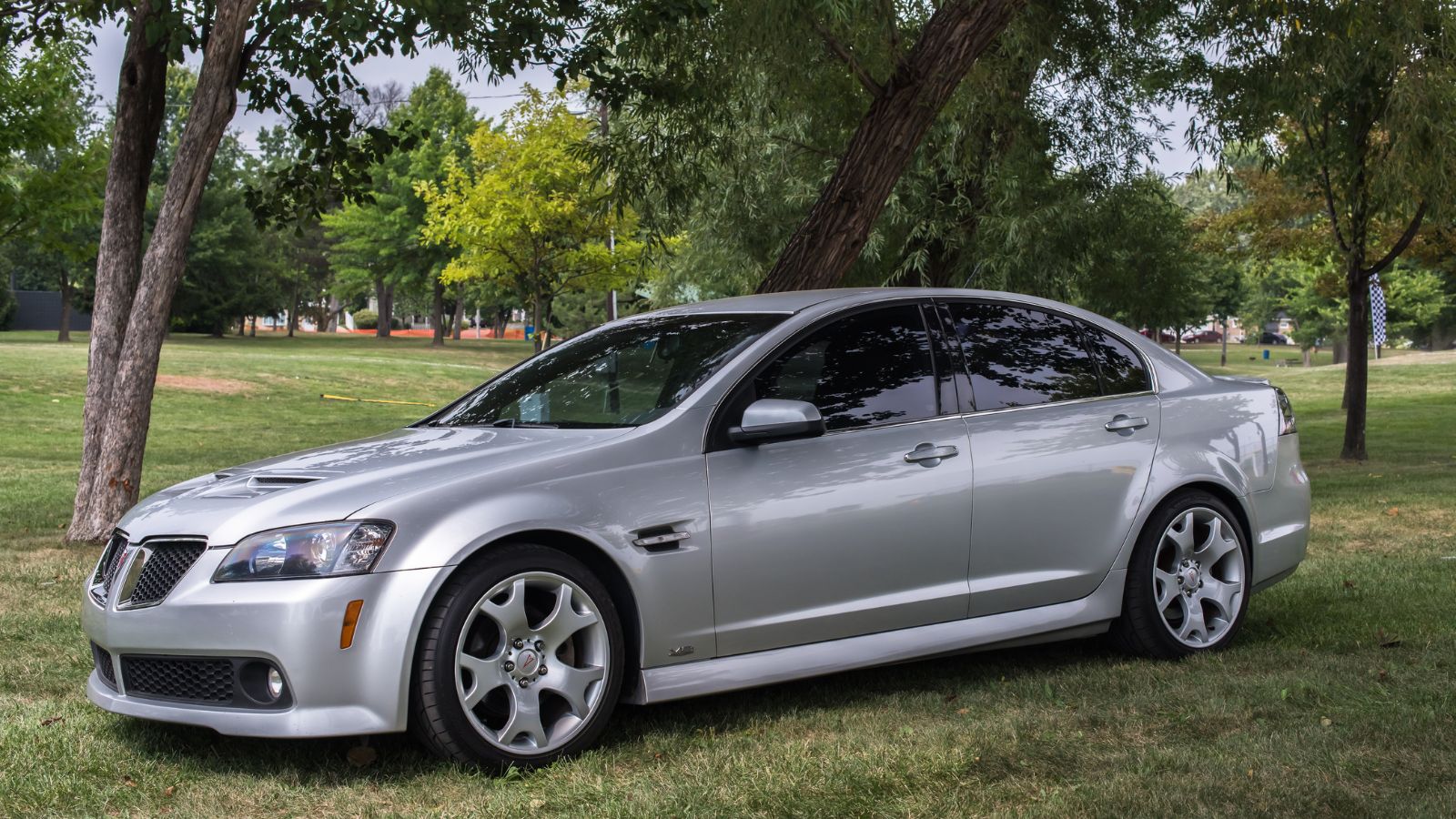
The Pontiac G8 GXP was a muscle sedan that hit the market just as Pontiac was heading for extinction, making it an instant underdog. Based on the Australian Holden Commodore and designed by GM’s Australian division, this sleeper sedan packed a 6.2-liter LS3 V8 producing 415 horsepower. It sprinted from 0 to 60 mph in just 4.5 seconds, rivaling some high-end sports cars of its time. Inside, it featured leather sports seats, a simple but functional dashboard, and red accent stitching that added a sporty touch.
Lexus GS 400 (1998–2000)
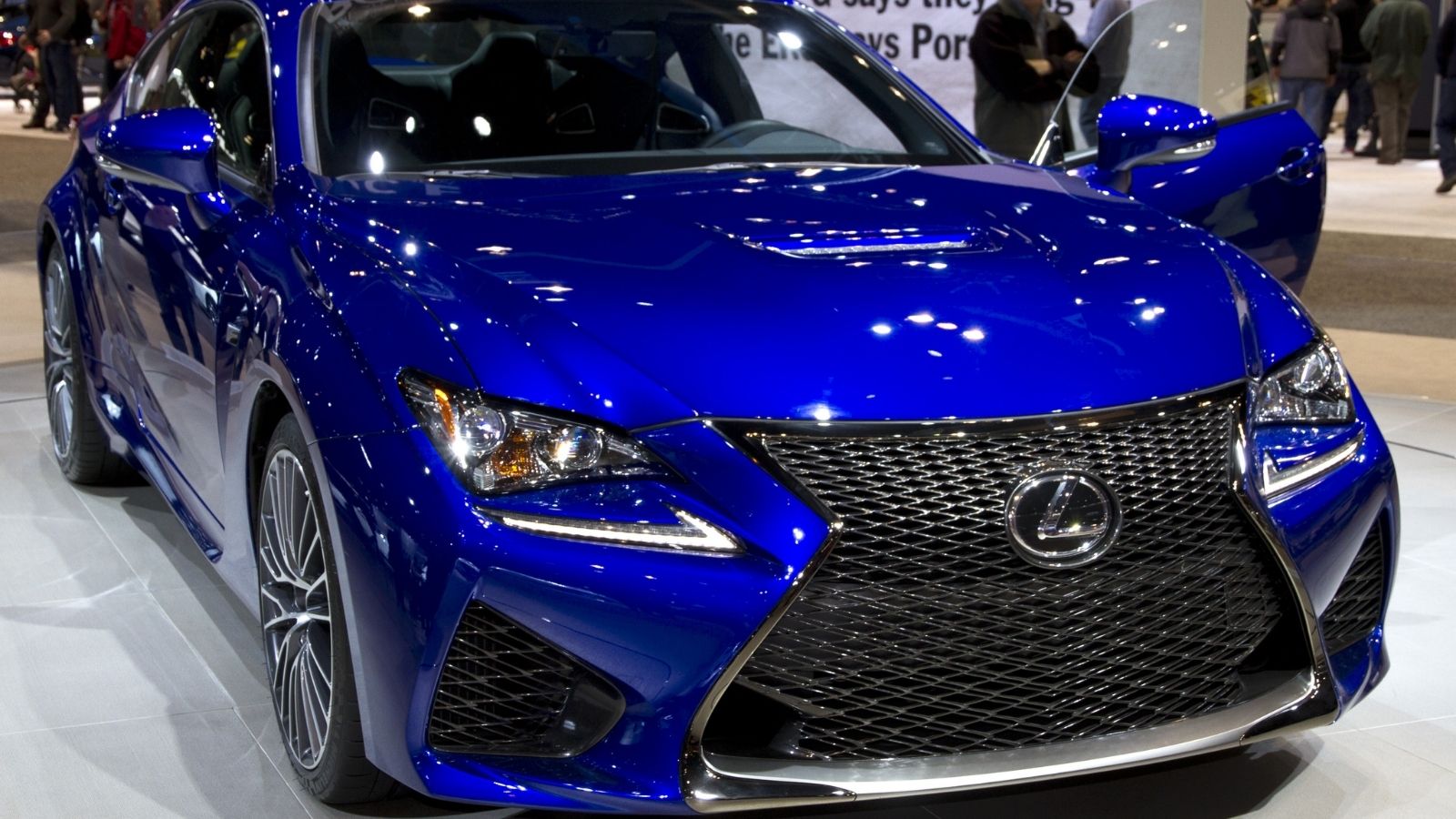
While Lexus is often associated with luxury over performance, the GS 400 blurred that line beautifully. Designed by Italdesign Giugiaro, the GS 400 was powered by a 4.0-liter V8, producing 300 horsepower and 310 lb-ft of torque. It sprinted from 0-60 mph in just 5.7 seconds, shocking anyone who thought Lexus only made sedate cruisers. The interior was pure luxury, featuring high-quality leather, wood trim, and an advanced (for its time) sound system. Despite its performance, it flew under the radar, overshadowed by European rivals.
Ford Taurus SHO (1989–1995)
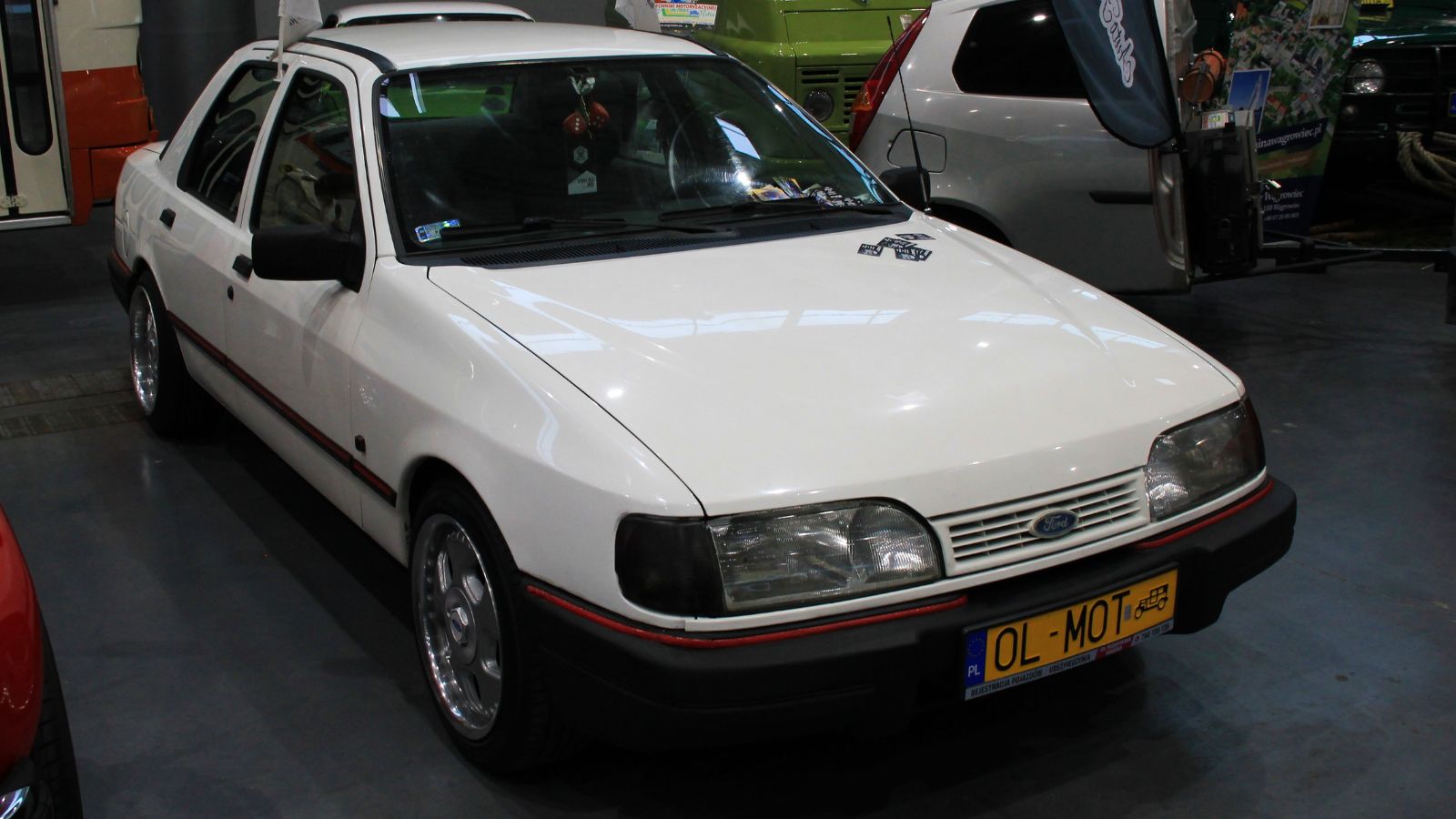
The Ford Taurus SHO (Super High Output) was one of the best American sleepers ever produced. Developed in partnership with Yamaha, the SHO came with a 3.0-liter V6 engine that churned out 220 horsepower, boasting a special intake manifold and high-revving nature. It accelerated to 0-60 mph in approximately 6.6 seconds, which was fast for a family sedan during its time. The inside was plain Taurus, except that SHO trim included leather sport seats and a leather-wrapped steering wheel.
Acura TSX (2004–2008)
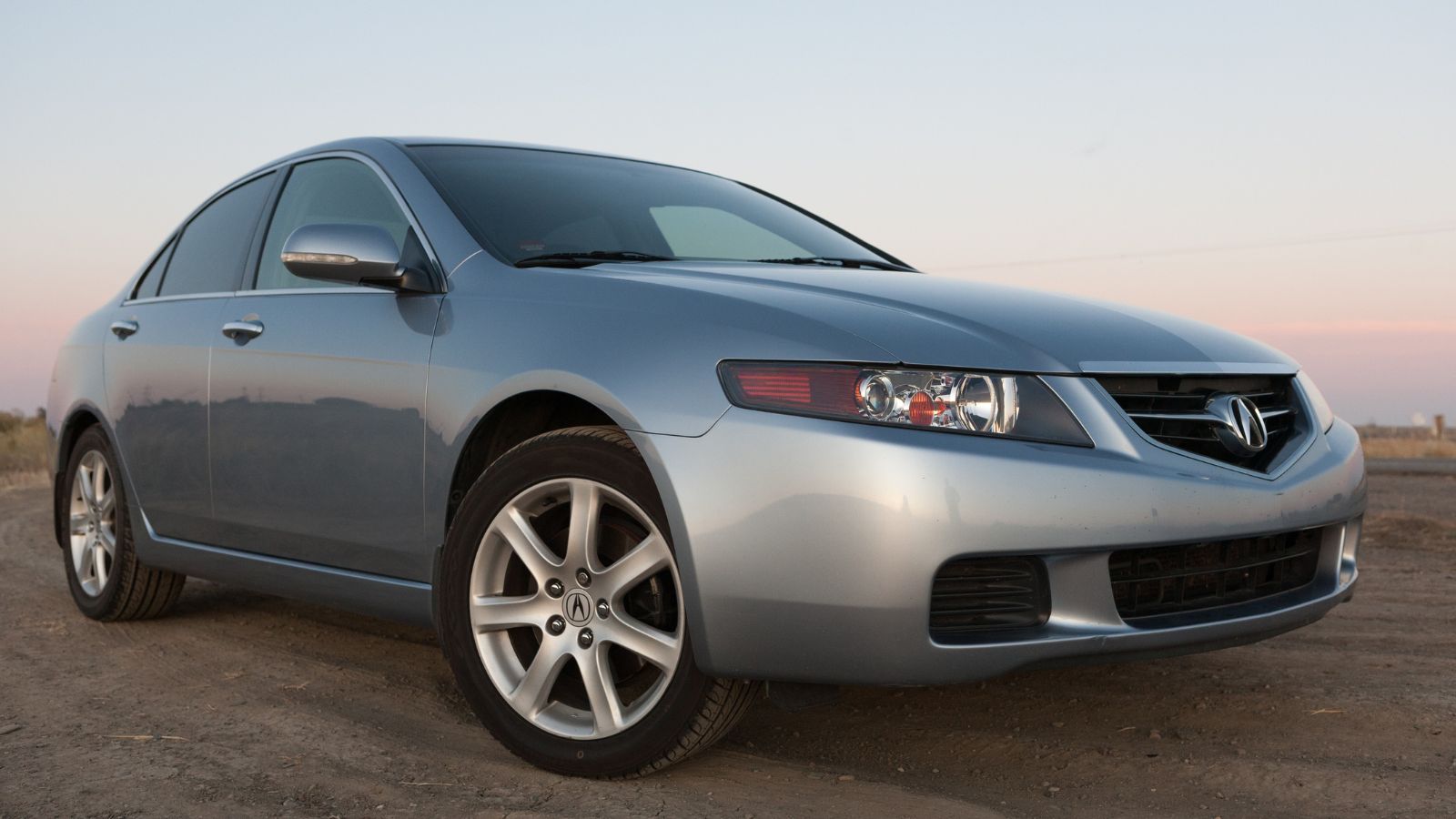
The Acura TSX was an afterthought compared to its larger sibling, the TL, but it had the perfect combination of luxury, performance, and dependability. Designed by Honda’s global team, it packed a 2.4-liter inline-four VTEC engine producing 200 horsepower and paired with a slick 6-speed manual. It did 0-60 mph in around 6.9 seconds. It wasn’t groundbreaking, but the real magic was in the handling. The interior was upscale for its class, with leather seats, a touchscreen nav system, and premium audio.
Subaru SVX (1992–1997)
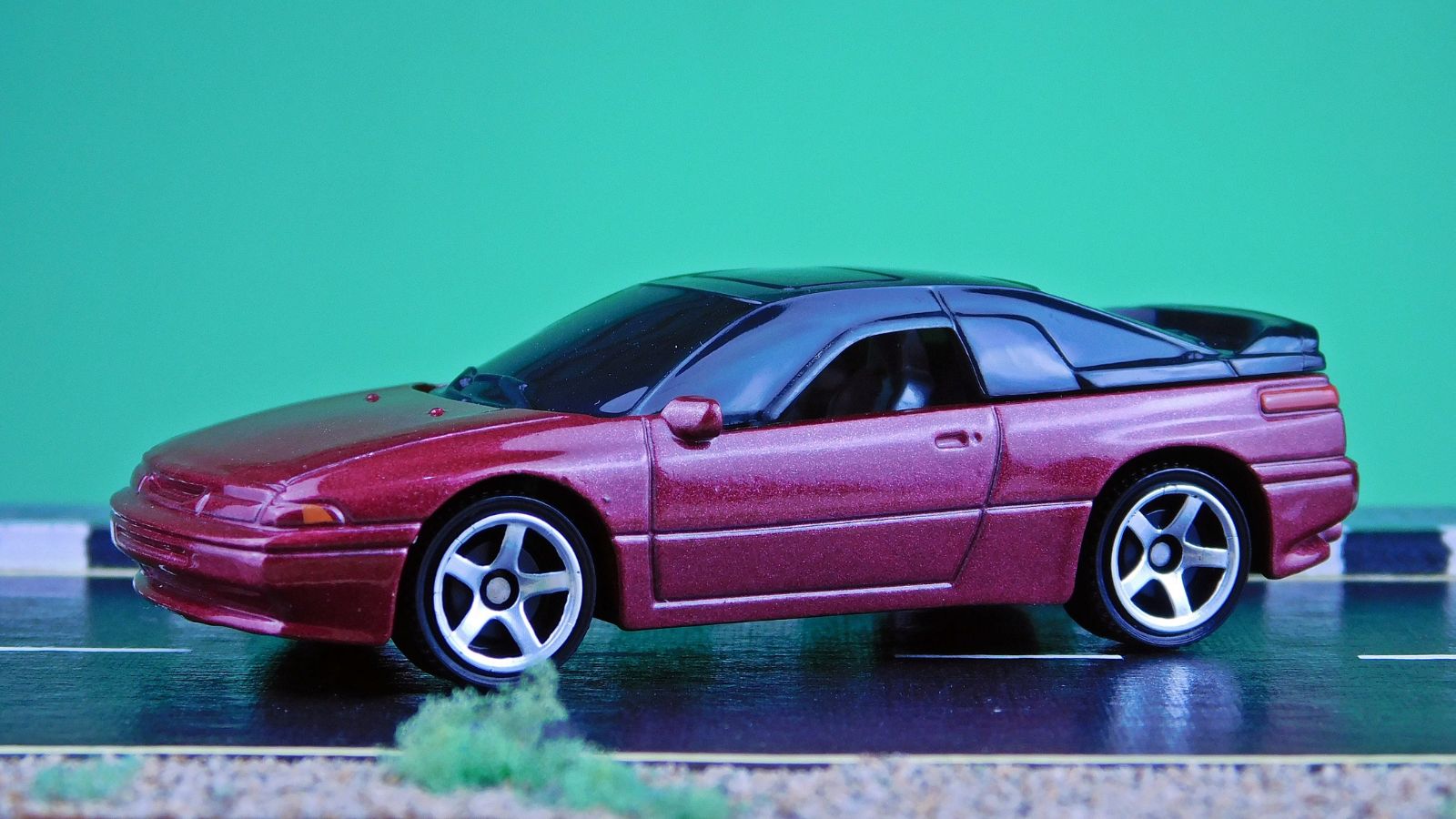
The Subaru SVX was Subaru’s bold attempt at a luxury sports coupe, and while it wasn’t a sales hit, it remains one of the quirkiest cars of its era. Designed by Giorgetto Giugiaro, its most distinctive feature was its “window-within-a-window” design. Under the hood, it featured a 3.3-liter flat-six engine producing 230 horsepower, paired with Subaru’s signature all-wheel drive. It went from 0-60 mph in 7.3 seconds. The interior was plush, with leather seats, a driver-centric cockpit, and advanced features like climate control.
Infiniti M45 (2003–2004)

The first-gen Infiniti M45 was a true sleeper luxury sedan that no one noticed. Designed by Nissan’s luxury division, it packed a 4.5-liter V8 engine borrowed from the Q45, churning out 340 horsepower. This understated sedan could sprint from 0 to 60 mph in just 5.7 seconds, making it faster than many of its European rivals at the time. The interior was plush and driver-focused, featuring leather seating, real wood trim, and a premium Bose audio system.
Volkswagen Phaeton W12 (2004–2006)
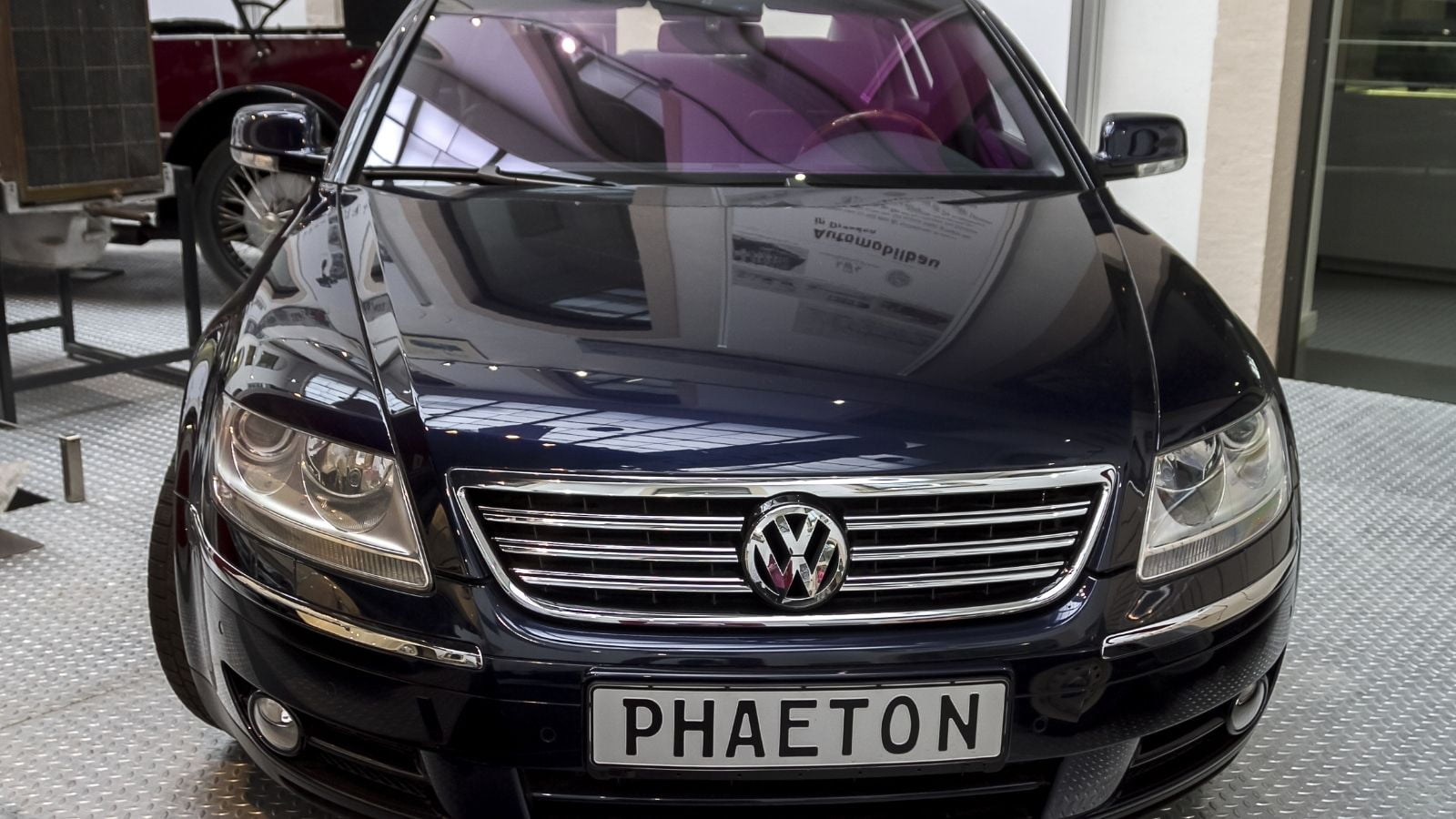
The Volkswagen Phaeton was VW’s ambitious attempt to enter the luxury market, and while it didn’t catch on, it was incredible. Designed under the watchful eye of Ferdinand Piëch, the Phaeton featured a monstrous 6.0-liter W12 engine producing 420 horsepower. It managed 0-60 mph in 5.7 seconds, impressive for a sedan of its size. The interior was a masterclass in luxury, with high-grade leather, walnut trim, four-zone climate control, and even a draft-free air conditioning system. Unfortunately, the hefty price tag and VW badge kept buyers away.
Mercedes-Benz E55 AMG Wagon (2003–2006)
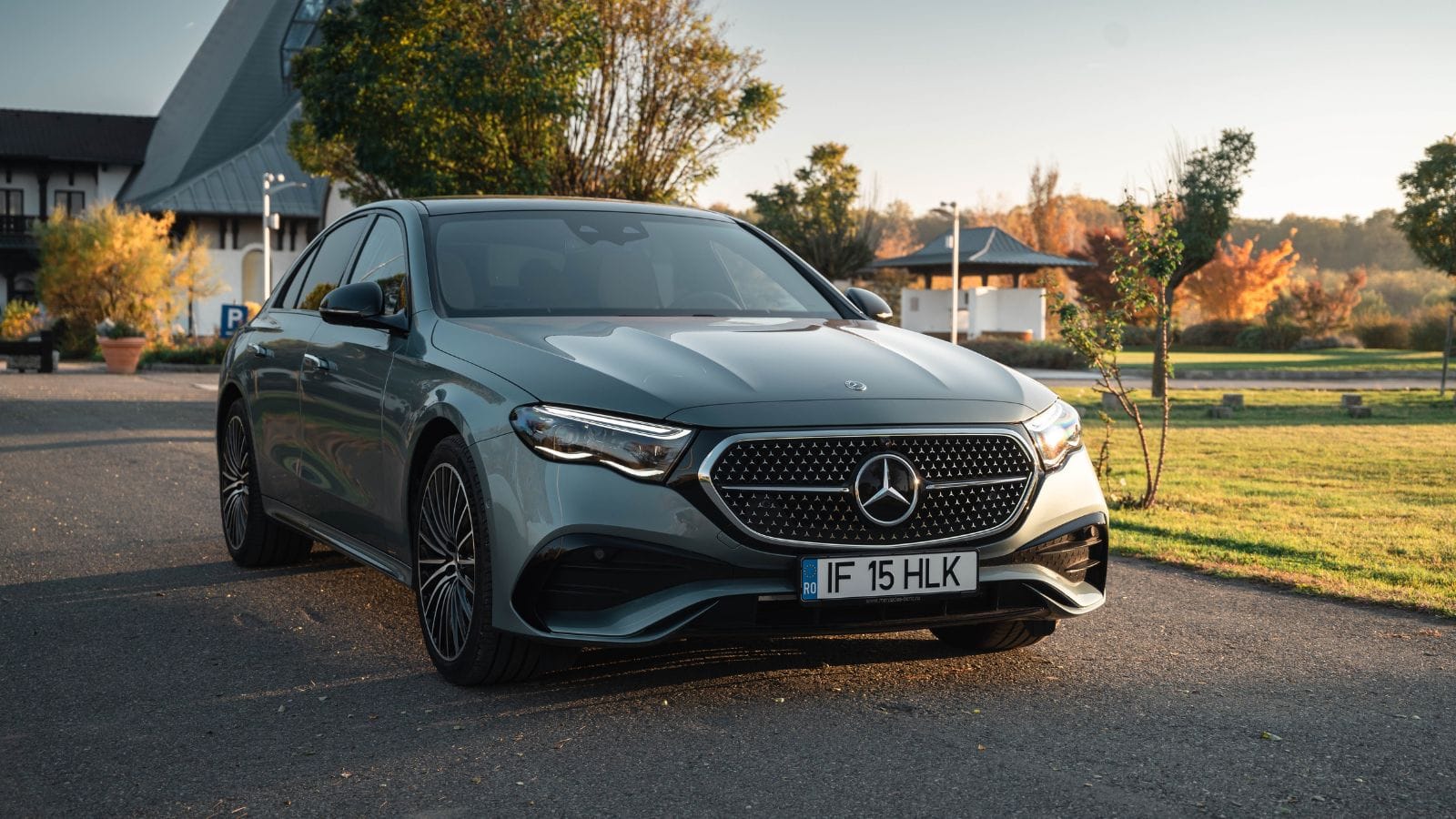
A station wagon that could humiliate sports cars? Yes, please. The E55 AMG Wagon was the ultimate sleeper, designed by AMG with a hand-built 5.4-liter supercharged V8 producing 469 horsepower and 516 lb-ft of torque. This family hauler rocketed from 0-60 mph in just 4.1 seconds, faster than many Ferraris. Inside was classic Mercedes luxury: leather upholstery, wood trim, and all the tech you could ask for in the early 2000s.
Chevrolet SS (2014–2017)
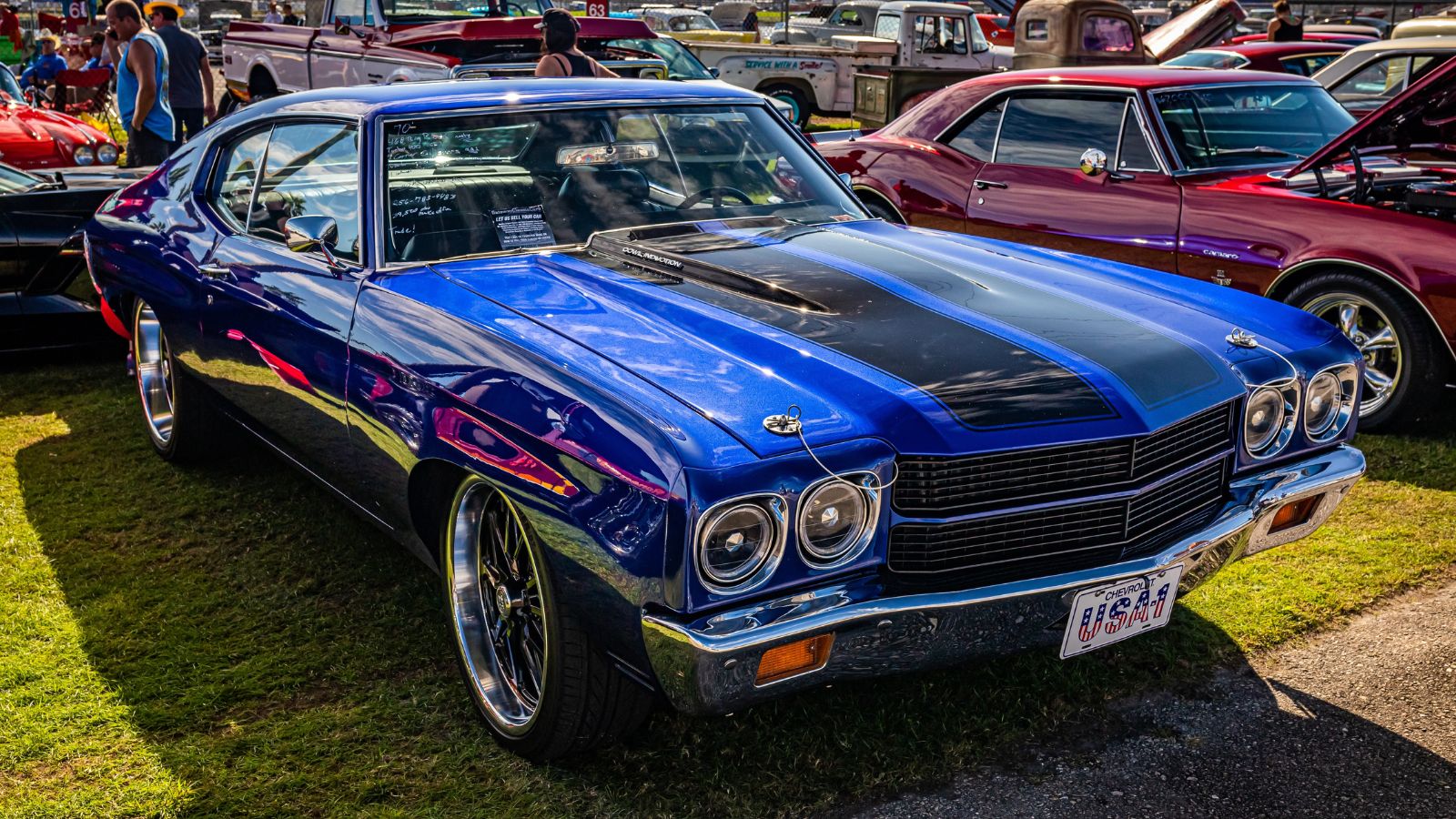
The Chevrolet SS was one of the greatest muscle sedans; barely anyone noticed it. Based on the Australian Holden Commodore and designed by GM’s global team, it came with a 6.2-liter LS3 V8 producing 415 horsepower. It was a true performance machine with 0-60 mph in 4.5 seconds and rear-wheel drive. The interior was surprisingly upscale for a Chevy, featuring leather sports seats, a head-up display, and advanced safety tech. Despite its impressive specs, lack of marketing and bland styling led to poor sales, making it one of the best under-the-radar performance cars in recent history.
Toyota Soarer (Z30) (1991–2000)
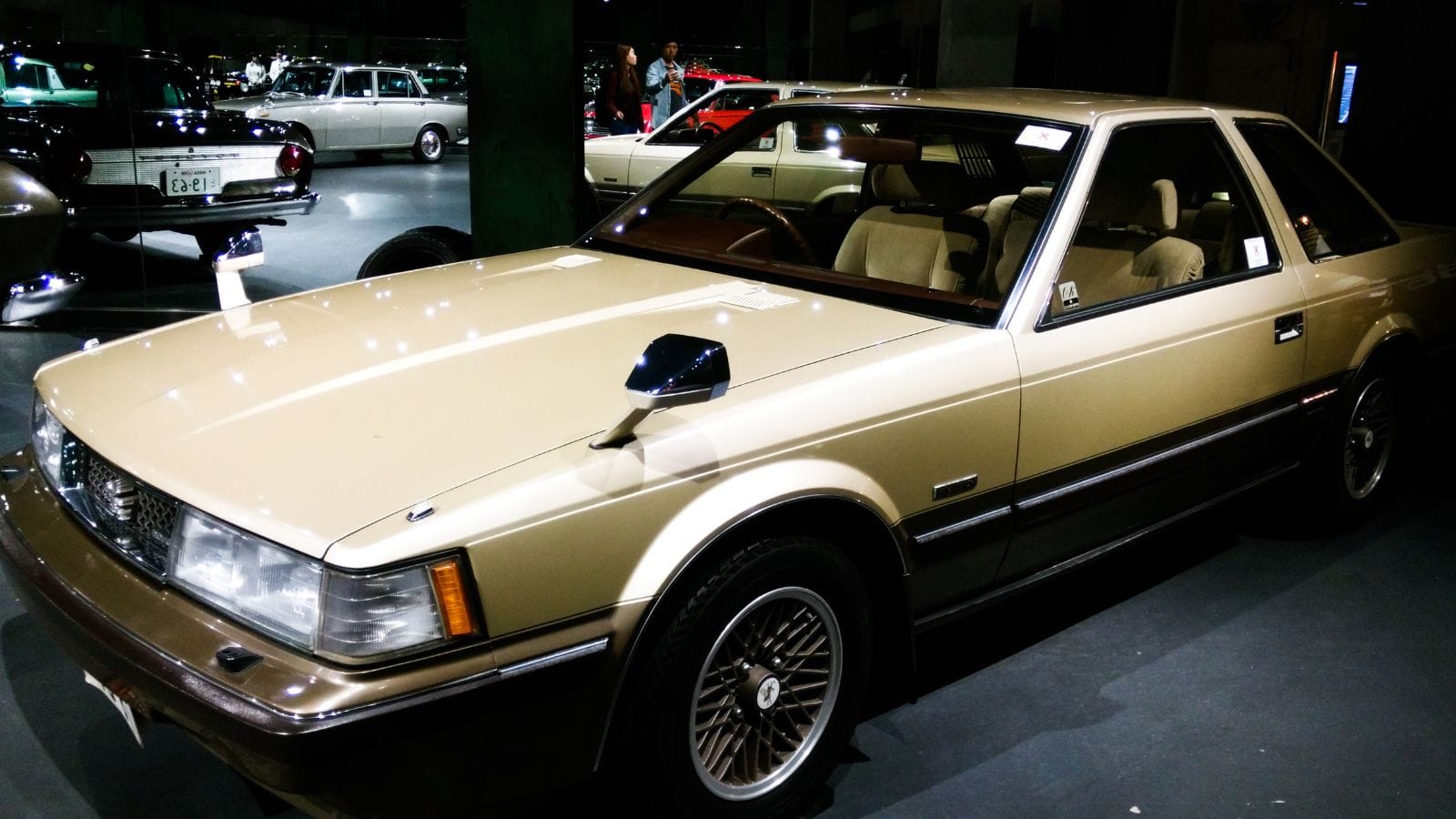
The Toyota Soarer, sold as the Lexus SC 400 in the U.S., was a luxurious grand tourer that effortlessly blended performance and comfort. Designed by Erwin Lui, it featured a buttery smooth 4.0-liter V8 producing 250 horsepower, capable of hitting 0-60 mph in about 6.7 seconds. Inside was peak ’90s luxury, with leather seats, wood trim, advanced features like an optional Nakamichi audio system, and everything being power-adjustable.
Audi S8 (D2) (1996–2003)
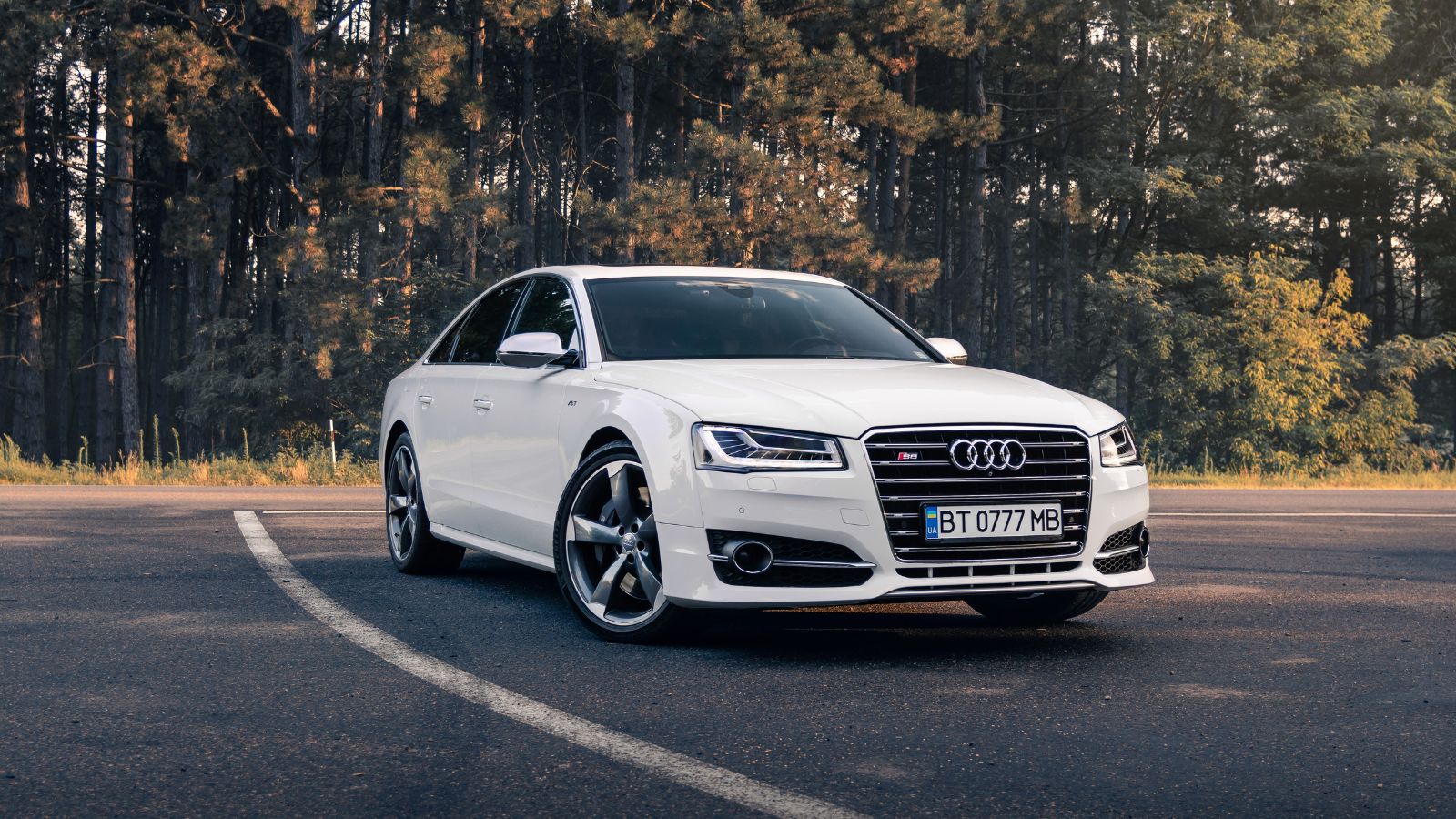
The first-generation Audi S8 was the ultimate stealth performance sedan of the late ’90s. Designed by Audi’s in-house team, it featured an all-aluminum body (Audi’s famed “Audi Space Frame”) that kept weight low while maintaining rigidity. Under the hood, it boasted a 4.2-liter V8 producing 360 horsepower, paired with Audi’s legendary Quattro all-wheel-drive system. It rocketed from 0-60 mph in just 5.4 seconds, impressive for a full-size luxury sedan. The interior was quintessentially Audi, with leather sports seats, real wood trim, and all the high-end amenities of the era.
Buick GNX (1987)

The Buick GNX was a blacked-out, low-key Grand National that concealed demonic power beneath its hood. Developed in collaboration with McLaren Performance Technologies, the GNX featured a turbocharged 3.8-liter V6 producing 276 horsepower and a whopping 360 lb-ft of torque (though many believed the real figures were higher). It sprinted from 0-60 mph in 4.7 seconds, making it one of the fastest production cars of its time. The interior was basic but functional, with sports seats, a boost gauge, and a GNX-specific plaque. Limited to just 547 units, the GNX remains a legendary muscle car that many still overlook.
Honda Prelude SH (1997–2001)
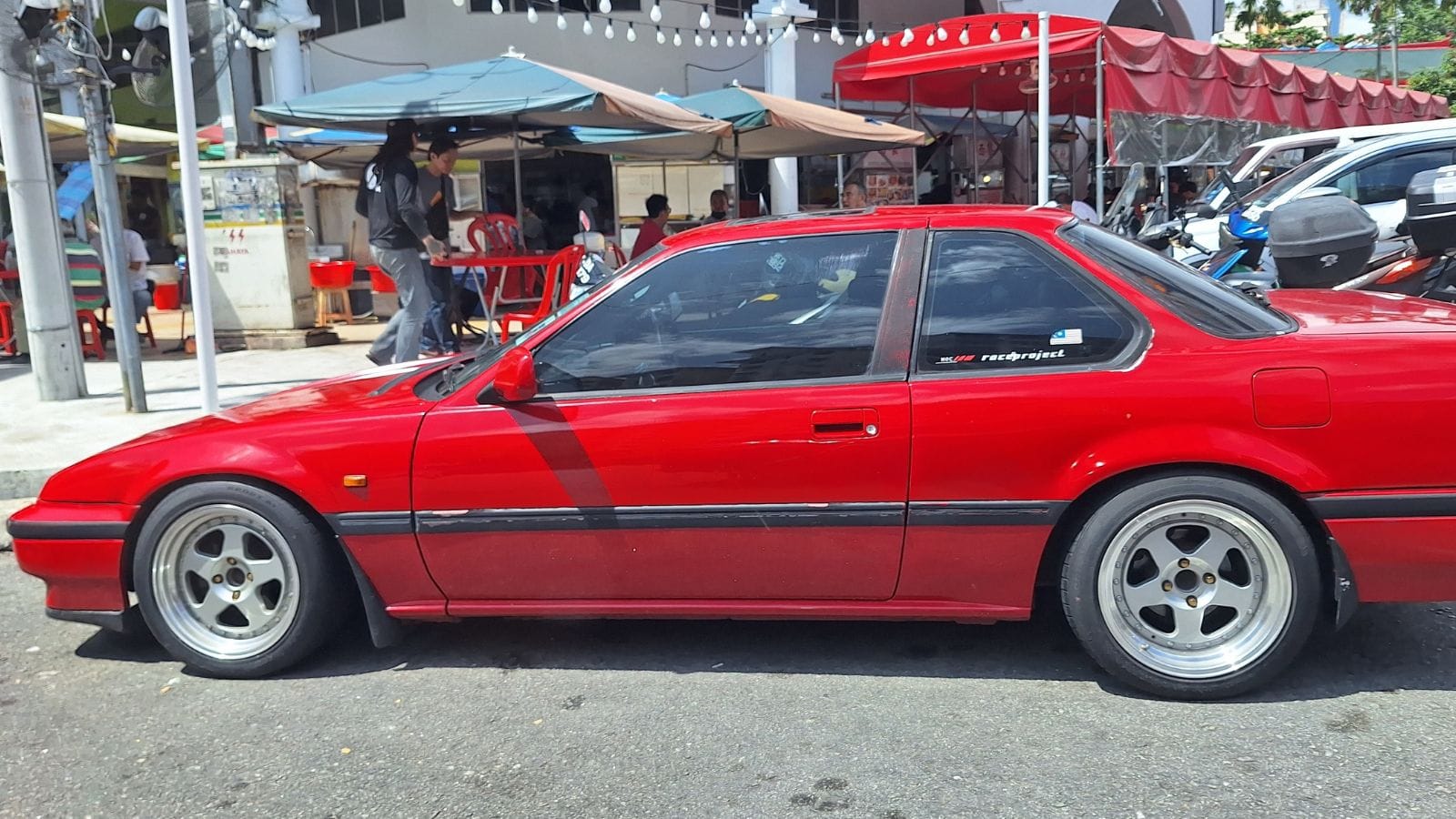
The fifth-generation Honda Prelude SH (Super Handling) was one of the best-handling front-wheel-drive cars ever made, and hardly anyone talks about it. Designed during Honda’s performance heyday, it featured a 2.2-liter VTEC engine producing 200 horsepower, paired with Honda’s unique Active Torque Transfer System (ATTS) for sharper cornering. It hit 0-60 mph in about 6.7 seconds. Inside, the Prelude SH boasted supportive sport seats, a driver-focused cockpit, and classic late-’90s Honda ergonomics. Though it was overshadowed by the Integra Type R and S2000, the Prelude SH remains a hidden gem for driving enthusiasts.
Alfa Romeo 164 Q4 (1993–1998)
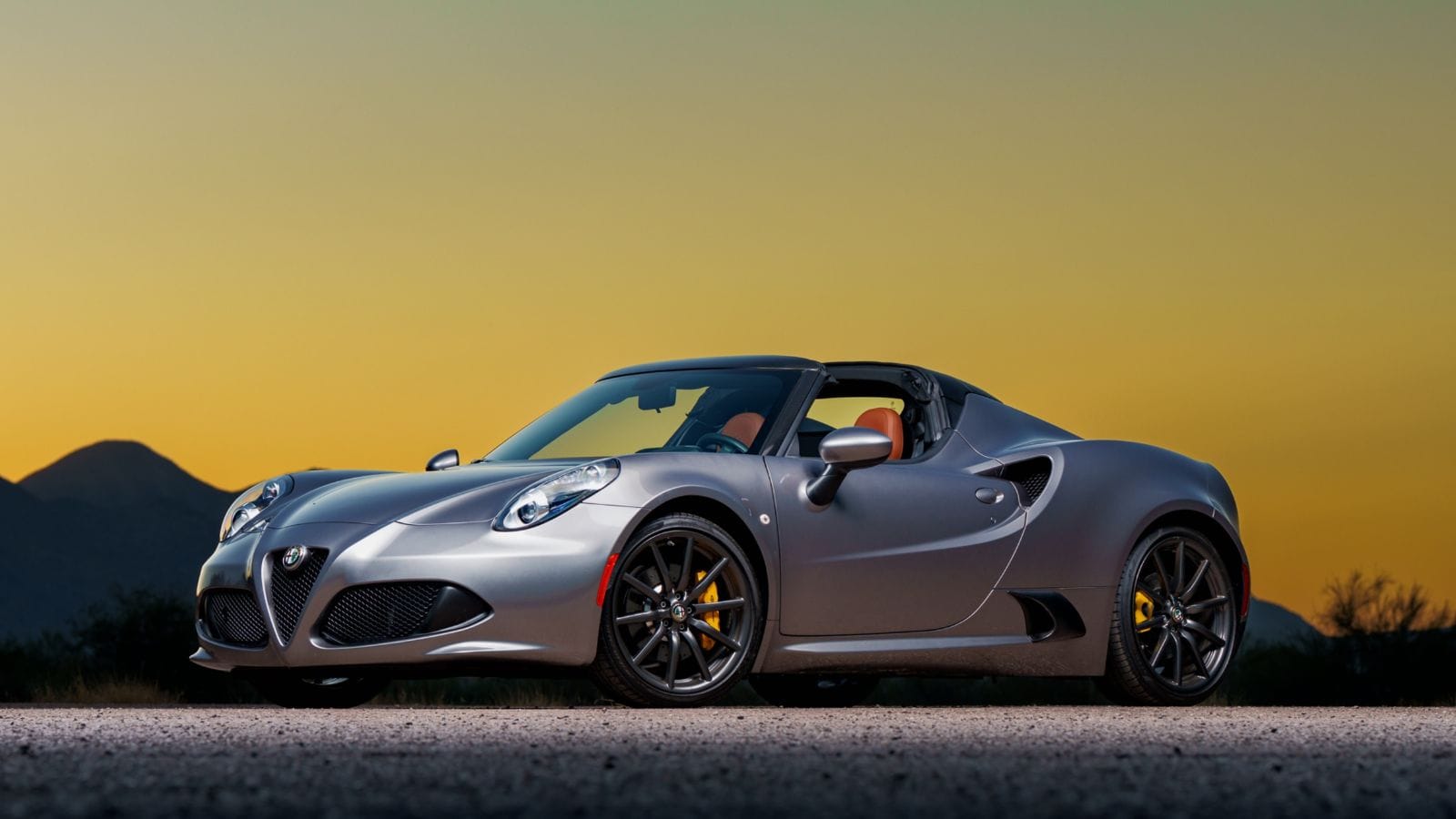
The Alfa Romeo 164 Q4 was an Italian performance sedan that blended luxury with rally-inspired engineering. Pininfarina designed it with a 3.0-liter V6 (the famous Busso engine) producing 232 horsepower paired with a sophisticated all-wheel-drive system. It dashed from 0 to 60 mph in 6.7 seconds. The interior was pure Italian flair: leather seats, wood trim, and a quirky but charming dashboard layout. Despite its performance chops and elegant design, it was overshadowed by German competitors, making it one of the great underrated Alfa sedans.
Chrysler 300 SRT8 (2005–2010)
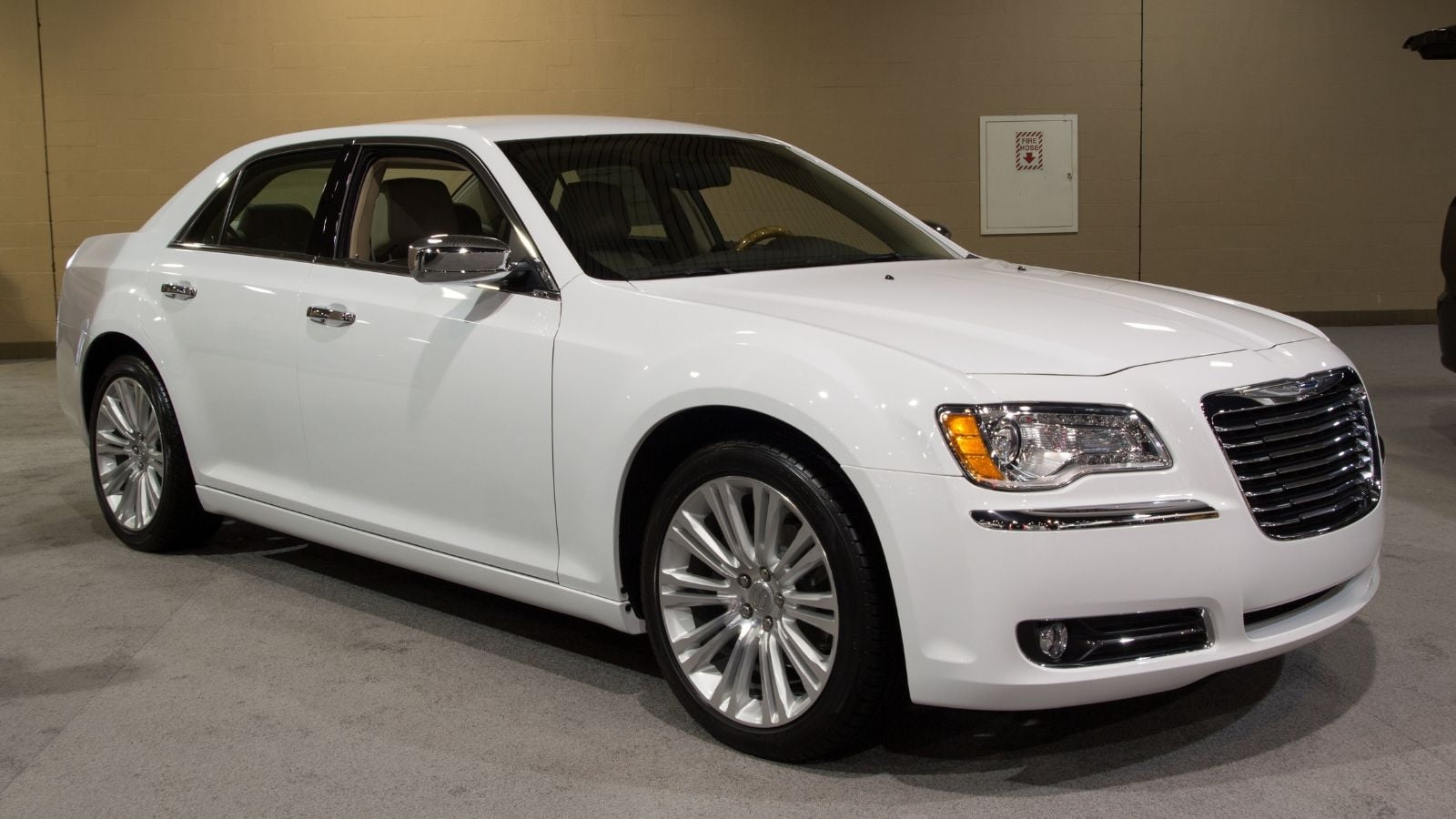
The Chrysler 300 SRT8 was a muscle car dressed in a tuxedo. Designed during Chrysler’s performance revival, it featured a 6.1-liter HEMI V8 producing 425 horsepower, sending it from 0 to 60 mph in 4.9 seconds. The bold, gangster-inspired exterior was matched with a plush leather interior with carbon fiber accents and bolstered sports seats. Despite its muscle underpinnings, the 300 SRT8 offered a smooth ride and plenty of space.
Peugeot 405 Mi16 (1987–1992)
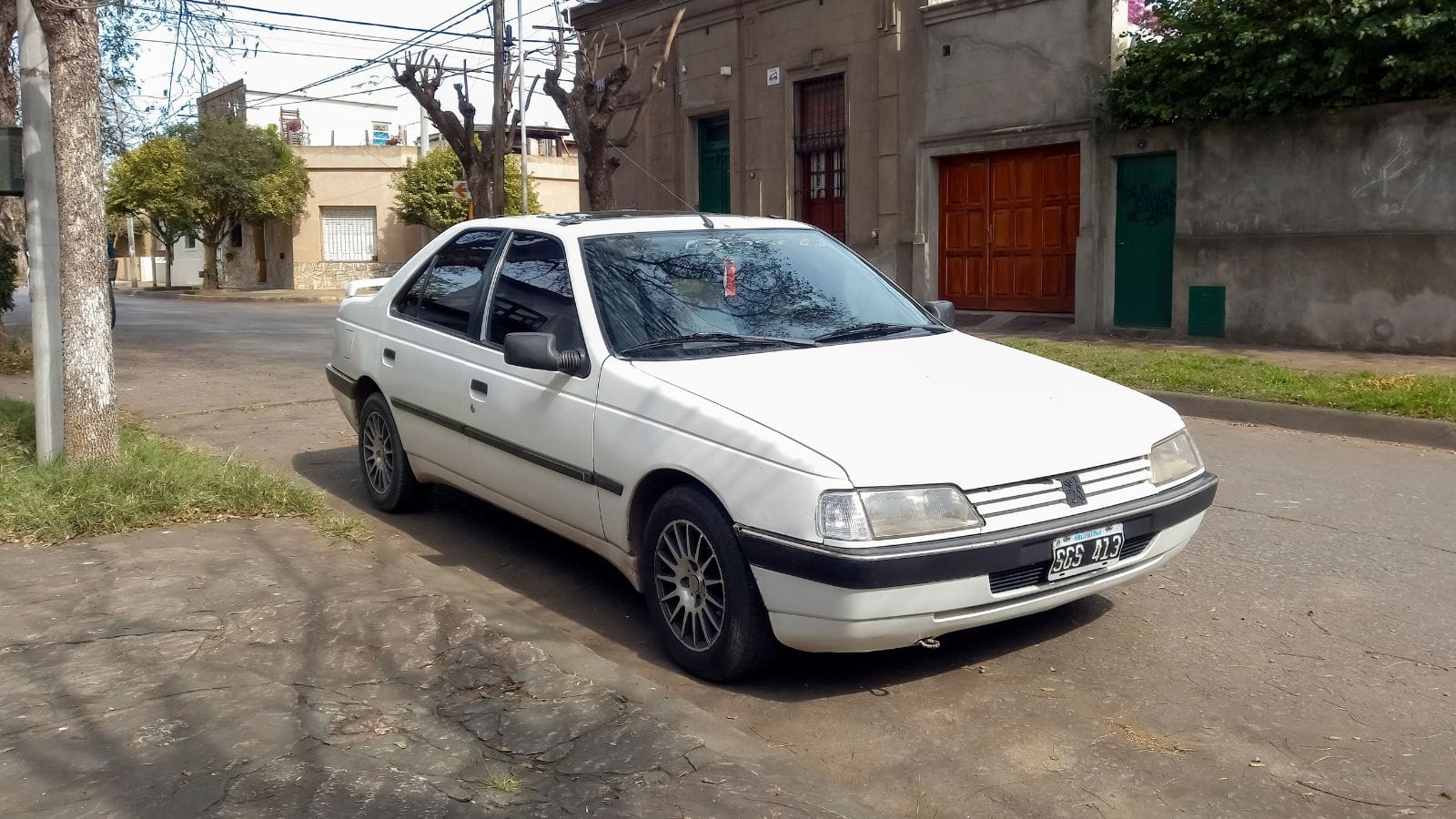
The Peugeot 405 Mi16 was France’s answer to the sports sedan market and a serious rival to the BMW E30. Designed by Pininfarina, it featured a 1.9-liter 16-valve inline-four producing 160 horsepower, revving happily to 7,000 RPM. It hit 0-60 mph in around 8 seconds, but the real joy was in its razor-sharp handling and lightweight chassis. The interior was practical yet sporty, with supportive seats and a simple dash layout. Though it was a hit in Europe, it never gained much traction in the U.S.
Suzuki Kizashi (2010–2013)
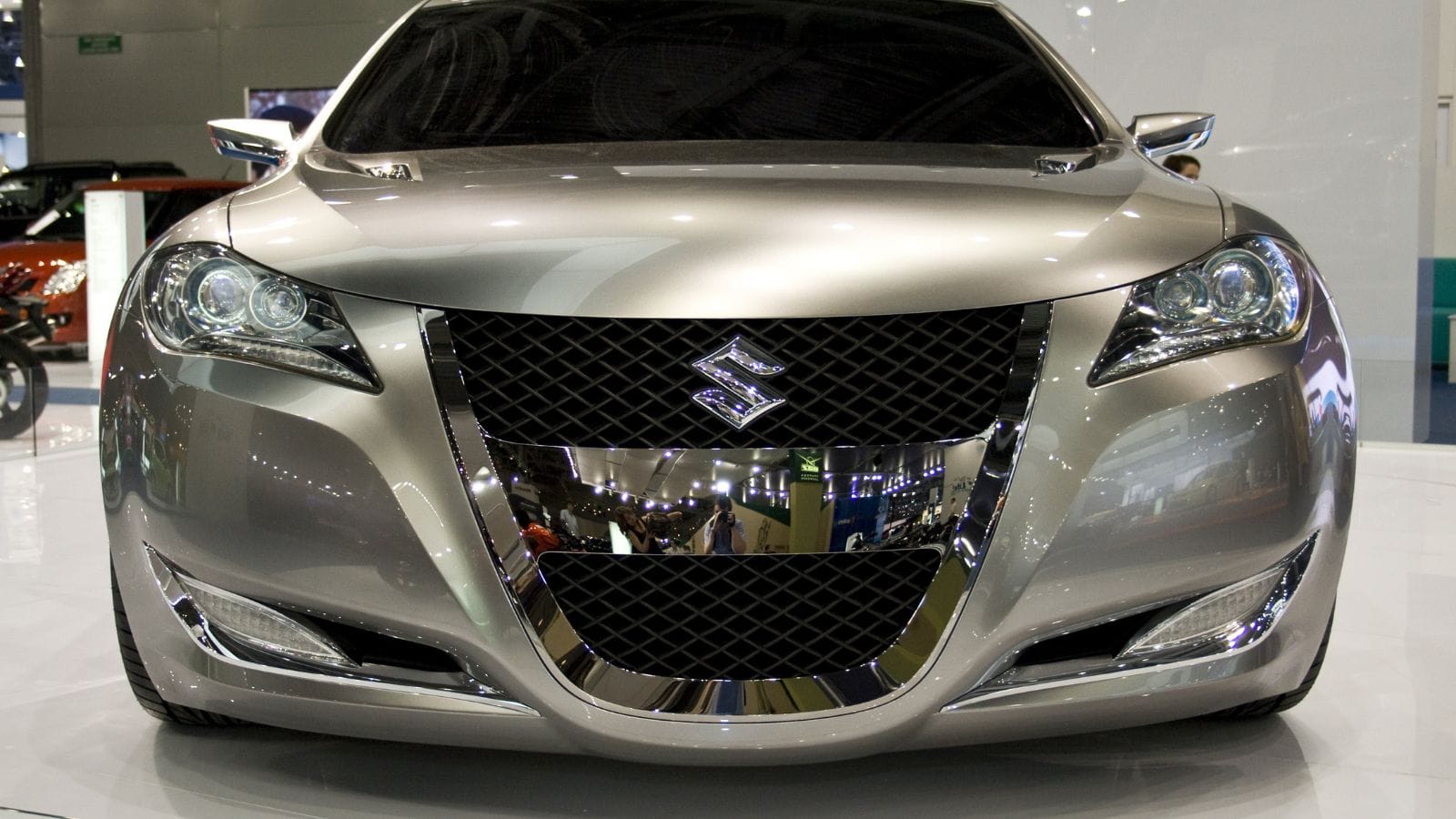
The Suzuki Kizashi was a surprisingly refined, well-built mid-size sedan that never found its market. Designed to compete with the Honda Accord and Subaru Legacy, it featured a 2.4-liter inline-four producing 185 horsepower, paired with an available all-wheel-drive system. It hit 0-60 mph in about 7.3 seconds. The interior punched above its weight class, with premium materials, bolstered sport seats, and features like push-button start and a premium audio system.
18 Budget-Friendly Electric Cars That Last Longer Than Their Loans — Economical Electrics
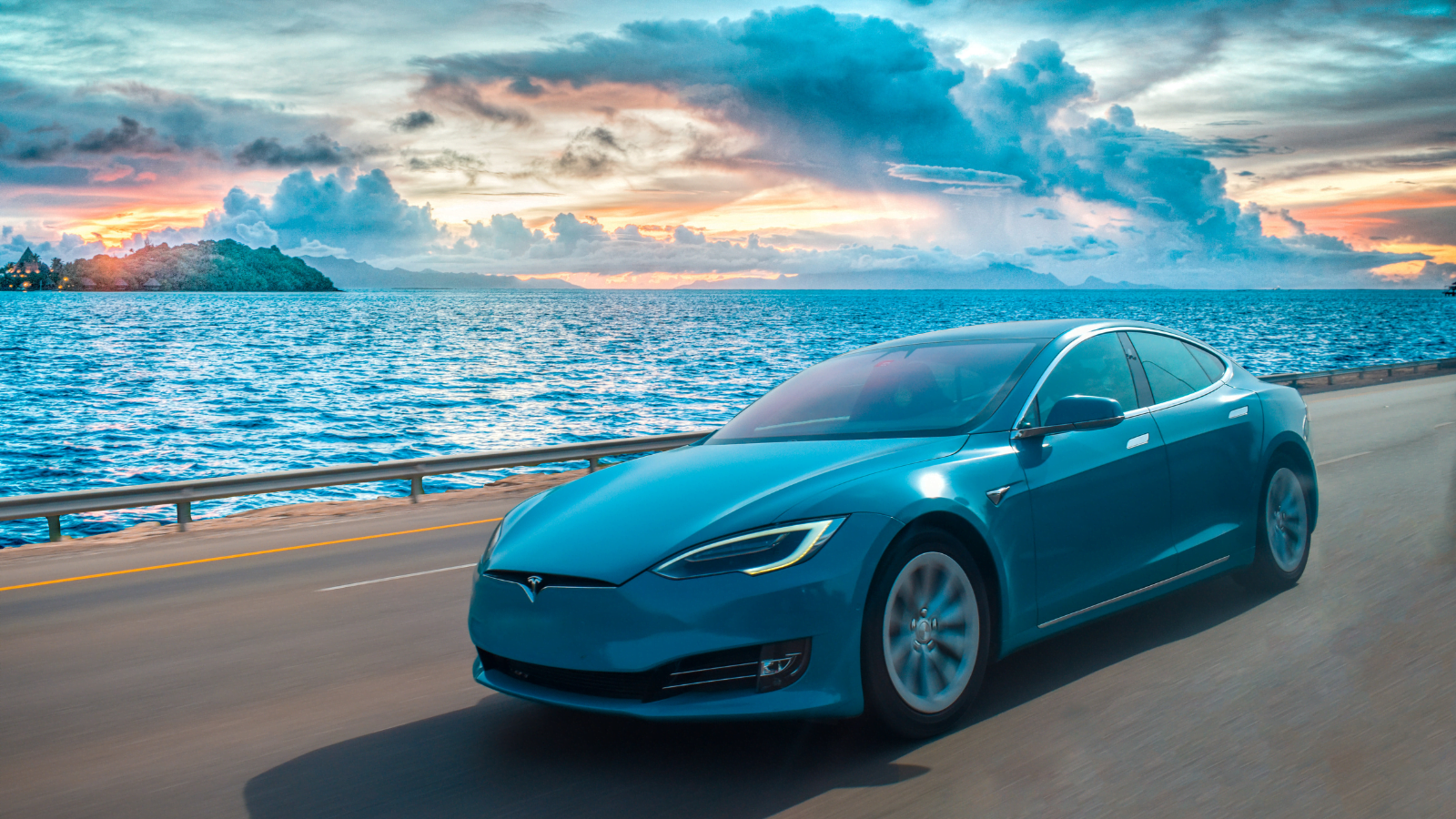
Electric vehicles are no longer a luxury for the elite—they’re a smart investment for the everyday driver. With manufacturers stepping up to the plate, affordable EVs now deliver on reliability, range, and modern comforts. Here’s a look at 18 economical electric cars engineered to outlast their payment plans.
18 Budget-Friendly Electric Cars That Last Longer Than Their Loans — Economical Electrics
